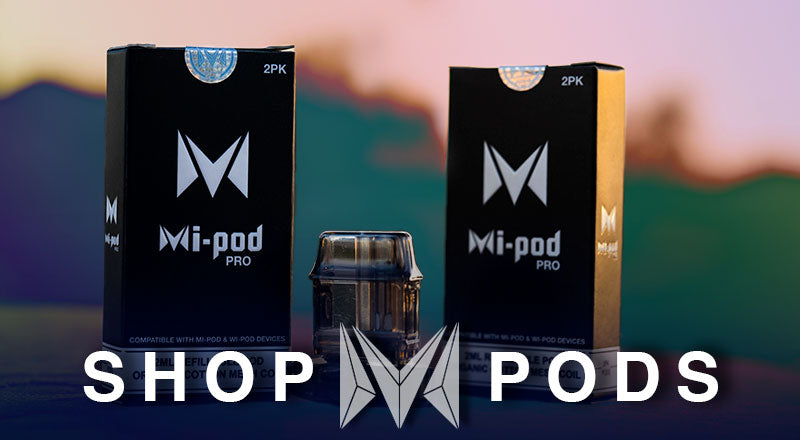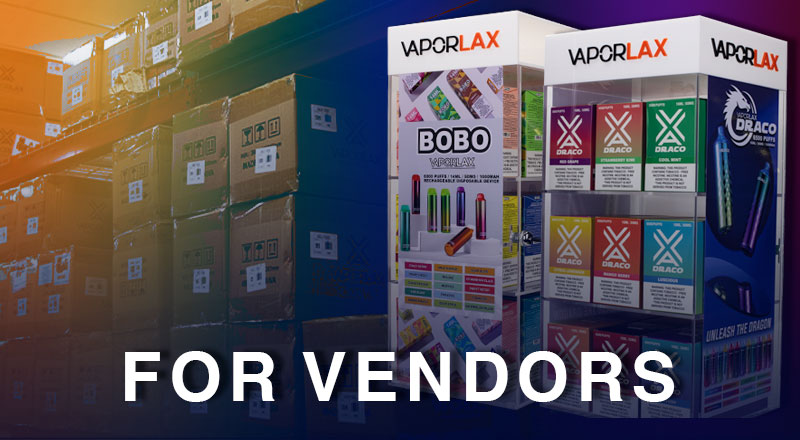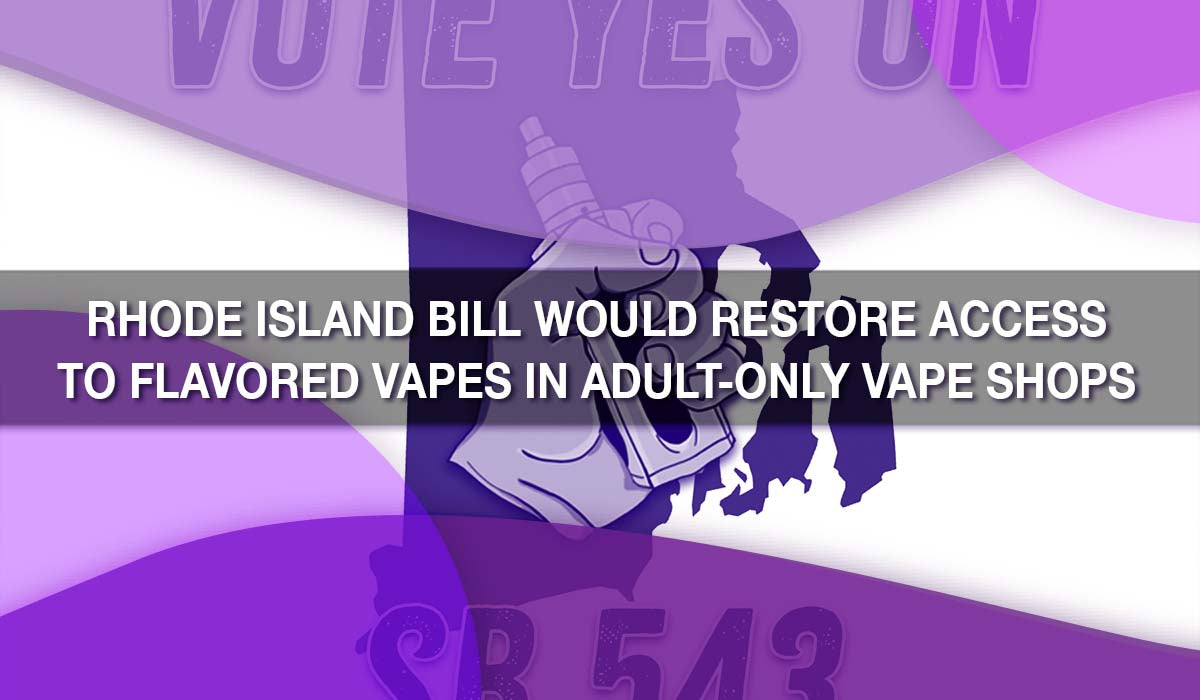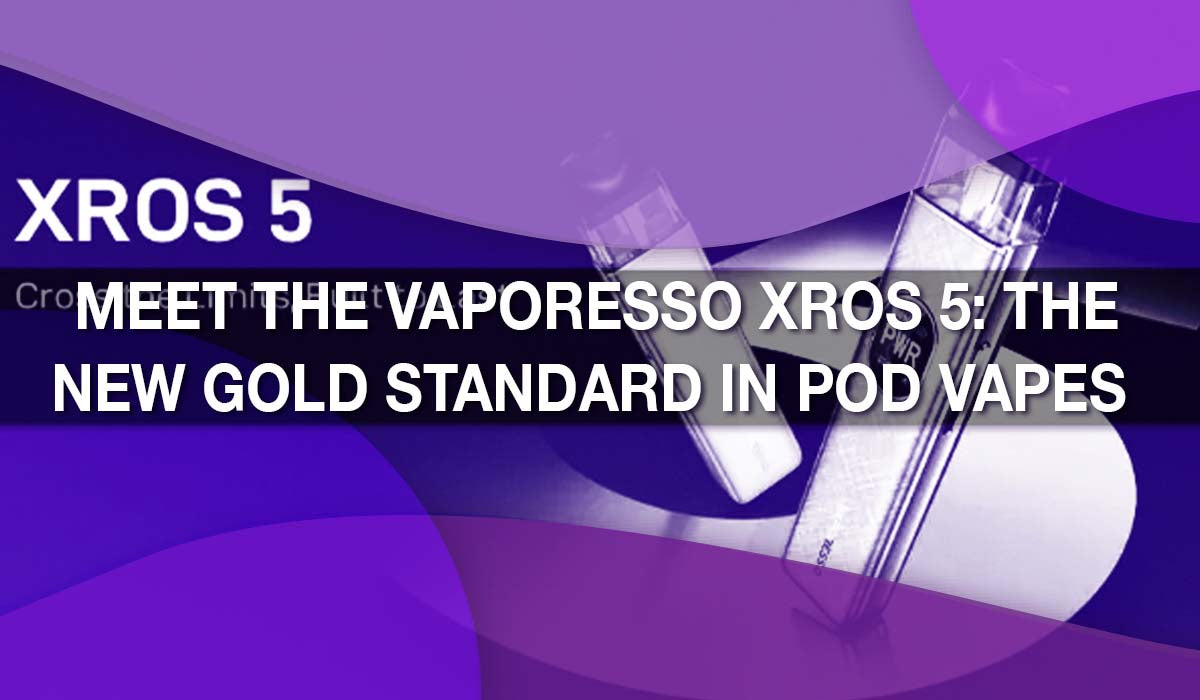2025 Vape Tax Update: What Retailers Need to Know About State Excise Changes
As lawmakers across the U.S. continue to fine-tune excise taxes on vaping and nicotine products, 2025 is shaping up to be a pivotal year for distributors and retailers. Whether you sell open-system e-liquids or prefilled disposables, understanding the new tax landscape is essential for maintaining your margins and inventory strategy.
Here’s a breakdown of the key tax changes and trends vape businesses should keep on their radar:
🔄 State-Level Tax Changes in 2025
📉 California: Reduced wholesale tax on vapor products from 56.32% to 52.92%.
📈 Colorado: Increased the manufacturing tax from 50% to 56%.
📉 District of Columbia: Lowered the wholesale tax from 79% to 71%.
🆕 Rhode Island: Introduced a new 10% wholesale tax for open systems and a $0.50/mL tax for closed systems.
📈 Virginia: Increased per mL tax on vapor products from $0.066 to $0.11.
🚨 Top and Bottom Taxing States (At-a-Glance)
Highest Wholesale Tax:
Minnesota – 95%
Vermont – 92%
Lowest Wholesale Tax (Open Systems):
Georgia – 7%
New Hampshire – 8%
Highest Volume-Based Tax:
Rhode Island – $0.50/mL
Connecticut – $0.40/mL
New Hampshire (closed systems) – $0.30/mL
Lowest Volume-Based Tax:
Delaware, Georgia, Kansas, Nebraska, North Carolina, Wisconsin – $0.05/mL
🧠 Why These Changes Matter to the Industry
Vape taxes are often positioned as a tool to discourage nicotine use, but poorly designed tax policies can backfire—driving consumers to more harmful combustibles or toward the growing illicit market.
Case in point: A 95% vape tax in Minnesota is estimated to have prevented 32,400 smokers from switching to less harmful alternatives. As the Public Health England has stated, vaping is 95% less harmful than smoking—so why tax it like cigarettes?

⚠️ Relative Risk Must Inform Policy
Most experts agree: excise taxes should reflect relative risk. That means lower taxes on vapor products, nicotine pouches, and other non-combustible options. Overburdening consumers with punitive vape taxes increases smoking relapse risk and undermines public health goals.
Smart tax policy would:
Recognize the reduced harm of ENDS products.

Maintain reasonable price advantages over combustible cigarettes.
Avoid pushing users into unregulated, untaxed black-market channels.
🛒 Retailers: What You Should Do Now
Stay current on your state’s tax laws to avoid fines and ensure compliance.
Educate staff and customers about price changes tied to tax hikes.
Diversify inventory to include lower-tax open systems where applicable.
Support advocacy for science-driven tax policy that distinguishes between combustible and non-combustible nicotine.
🧾 Final Word
As tax season looms, industry leaders must keep a close eye on legislative trends and ensure their strategies align with evolving tax frameworks. Vape taxes aren’t just a cost of doing business—they shape the future of vaping in the U.S.
📍Need wholesale solutions in high-tax states? Mi-Pod Wholesale offers compliant, high-margin alternatives across every category. Contact us today to build your ideal inventory strategy for 2025.
Click here to see the full breakdown at Tax Foundation.






Leave a comment
This site is protected by hCaptcha and the hCaptcha Privacy Policy and Terms of Service apply.